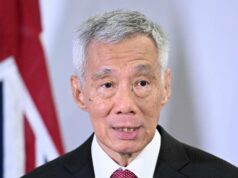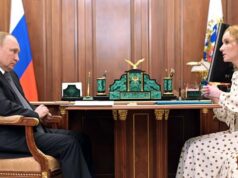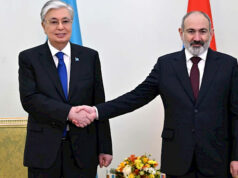The Pakistani rupee tumbled to about 134 per dollar after closing at 124.26 on Monday, in what market participants called a de facto devaluation. By midday, it was down about 7 percent.
The Pakistani rupee plunged about 7 percent on Tuesday in an apparent central bank devaluation, while the stock market snapped a six-day skid after the government said it plans to seek a bailout from the International Monetary Fund (IMF).
The country’s fifth devaluation since December, taking rupee losses to about 26 percent, had been expected and seen as a prerequisite for another IMF rescue package. In 2013, the IMF lent Islamabad $6.7 billion. Pakistan’s stock market index, sliding since Oct. 1, shot up nearly 3 percent on news Islamabad plans to seek its 13th IMF bailout since 1988. At 0700 GMT, the main index was 1.2 percent higher.
It is expected Pakistan will need a bigger sum this year to avoid a balance of payments crisis and stabilise a wobbly economy hurt by a shortage of dollars plus ballooning current account and fiscal deficits.
But the IMF is likely to demand painful structural reforms that would clash with the political agenda of new Prime Minister Imran Khan, who on the campaign trail vowed to build an Islamic welfare state.
“Going to the IMF is a positive trigger because it will remove the underlying causes for concern, which is that government targets will further weaken,” said Suleman Maniya, head of research at local brokerage house Shajar Capital.
“It’s a positive rather than a negative thing for a country like Pakistan where you generally see targets not being met.”
Pakistan’s fiscal deficit was on target to hit 7.2 percent of gross domestic product in the fiscal year ending in June 2019, but the government has introduced measures to bring it closer to 5 percent.
It’s the economy’s dollar shortage that presents a bigger problem.
The current account deficit widened 43 percent to $18 billion in the year that ended June 30, while the fiscal deficit ballooned to 6.6 percent.
Foreign currency reserves dropped in late September to $8.4 billion, covering less than two months’ imports.
The finance ministry has not said how much money Pakistan needs but the minister, Asad Umar, said it has external debt payments of about $8 billion due by December.
The rupee weakness follows comments early on Tuesday by IMF chief economist Maurice Obstfeld in Bali that the currency was “too rigid and overvalued”.
“The central bank has given an indication to let the rupee go with market forces,” said one broker. A second market participant confirmed the central bank was keeping out of the market, effectively letting the currency devalue.
The State Bank of Pakistan (SBP) runs what is widely seen as a managed float, though its official stance is that the currency is freely traded.
SBP spokesman Abid Qamar told Reuters “the market is aware about the overall macroeconomic conditions and based on those conditions, they are having their own expectations about the exchange rate, so that is driving (the rupee valuations) currently.”



